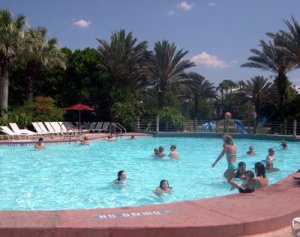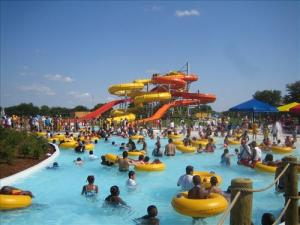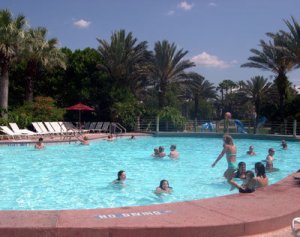[youtube=http://www.youtube.com/watch?v=Y2Mh9GoYy5g]
In 2013, the U.S. Centers for Disease Control and Prevention (CDC) released a report that found fecal matter in 58% of public swimming pools. The study looked at 161 samples from pool filter concentrates…The study detected E. coli in over 50% of the pool samples, indicating that swimmers frequently introduced fecal material into pools. This could mean that pathogens can be transmitted to others through the use of these pools and recreational water activities…Although the study found E. coli at higher rates in municipal pools, pools that required a membership or were located within a club still tested positive 49% of the time.
Although the study found E. coli at higher rates in municipal pools, pools that required a membership or were located within a club still tested positive 49% of the time. Since 1978, the incidence of recreational water illness (RWI) outbreaks of acute gastrointestinal illness has substantially increased.
Some of the organisms detected in the study included:
• Pseudomonas aeruginosa
• E. coli
• Giardia intestinalis
• Cryptosporidium
Contrary to popular belief, chlorine does not kill all germs instantly. There are germs today that are very tolerant to chlorine and were not known to cause human disease until recently. Once these germs get in the pool, it can take anywhere from minutes to days for chlorine to kill them.
Recreational water illnesses are caused by germs spread by swallowing, breathing in mists or aerosols of, or having contact with contaminated water in swimming pools, hot tubs, water parks, water play areas, interactive fountains, lakes, rivers, or oceans. Recreational water illnesses can also be caused by chemicals in the water or chemicals that evaporate from the water and cause indoor air quality problems.
These are just a few things to know about microbial contaminants and recreational water illnesses, to learn more about this other health and safety or environmental and indoor air quality issues, please visit the websites shown on the screen.







